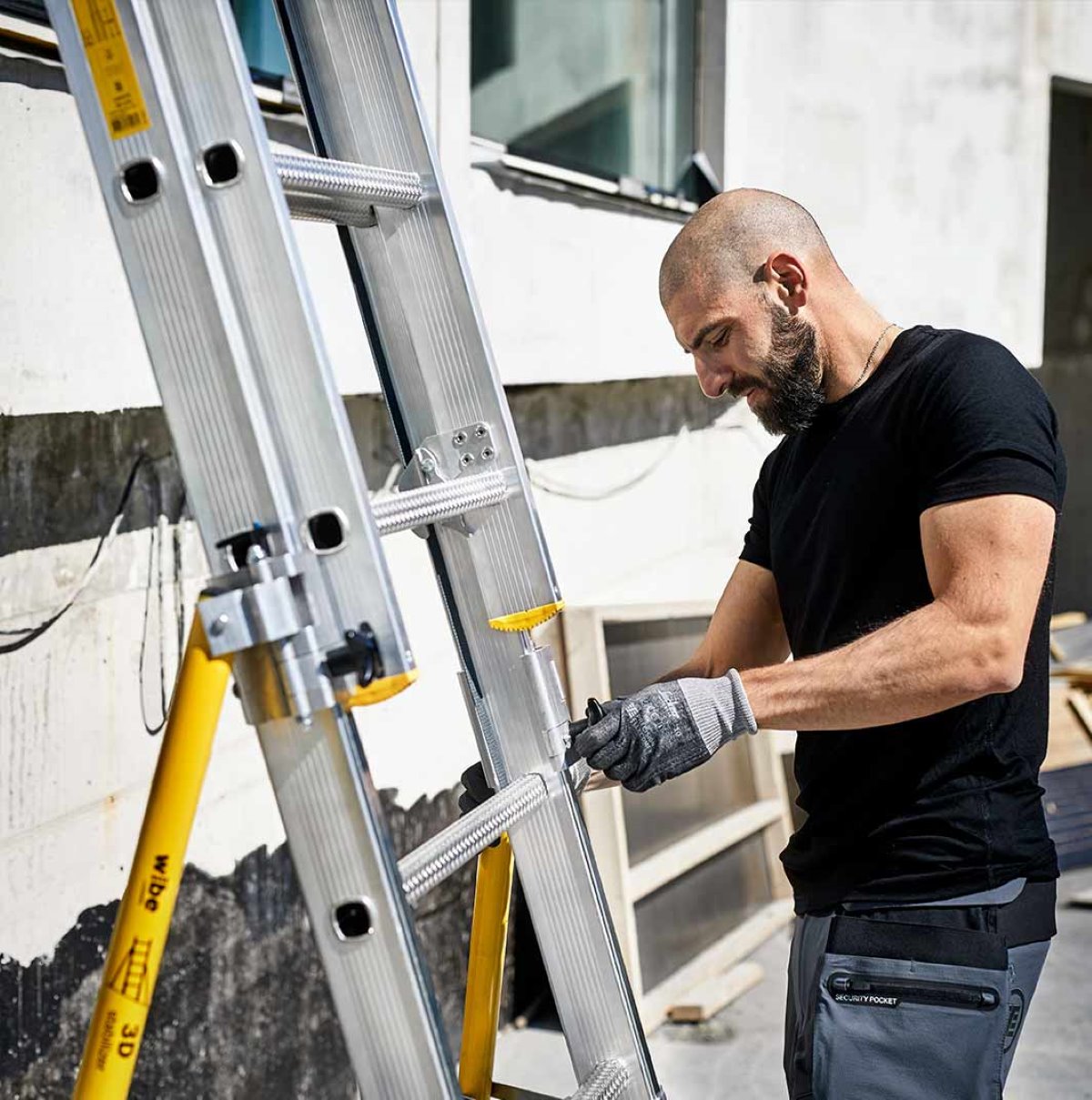

Articles
How Often Should You Inspect A Ladder
Modified: October 18, 2024
Learn about ladder safety and find out how often you should inspect your ladder with helpful articles on ladder maintenance and inspection.
(Many of the links in this article redirect to a specific reviewed product. Your purchase of these products through affiliate links helps to generate commission for Storables.com, at no extra cost. Learn more)
Introduction
The ladder is an essential tool in various industries and household settings. It allows us to access heights and perform tasks that would otherwise be difficult or impossible. However, using a ladder comes with certain risks, and ladder accidents can lead to serious injuries or even death. To mitigate these risks, regular ladder inspections are crucial.
Ladder inspections help identify any potential issues, such as wear and tear, damage, or structural weaknesses that could compromise the ladder’s stability and safety. By identifying and addressing these issues proactively, we can prevent accidents and ensure the safety of those using the ladder.
But how often should you inspect a ladder? The frequency of ladder inspections depends on several factors, including frequency of use, the environment in which the ladder is used, and the type of ladder. In this article, we will explore these factors and provide general guidelines for ladder inspection frequencies at different intervals, from daily to annually.
Key Takeaways:
- Regular ladder inspections are crucial for preventing accidents, complying with regulations, and preserving the longevity of ladders. By identifying and addressing wear and damage, safety is prioritized, and workplace productivity is optimized.
- Proper ladder maintenance is essential for preventing accidents, prolonging lifespan, and ensuring optimal performance. By implementing a comprehensive ladder safety program, a culture of safety is promoted, and workplace efficiency is enhanced.
Importance of Ladder Inspections
Ladder inspections are vital for ensuring the safety of individuals who use ladders regularly. Here are several reasons why ladder inspections are essential:
- Preventing accidents: Regular ladder inspections help identify any potential hazards or defects, such as loose or missing rungs, damaged or worn-out parts, or unstable ladder joints. By identifying these issues early on, you can address them before they lead to accidents and injuries.
- Complying with regulations: Many industries have specific regulations and standards regarding ladder safety. Conducting regular inspections helps ensure compliance with these regulations, avoiding potential penalties and legal issues.
- Protecting employees and workers: Employers have a responsibility to provide a safe working environment for their employees. Regular ladder inspections demonstrate a commitment to safety and can help prevent workplace accidents, protecting the well-being of workers.
- Preserving ladder longevity: Ladders are not cheap investments, and conducting regular inspections can help identify issues that, if left unaddressed, could result in the ladder becoming unusable or requiring costly repairs. By catching and addressing issues early on, you can prolong the lifespan of the ladder.
- Boosting productivity: When ladders are in good condition, workers can carry out tasks efficiently and safely. By inspecting ladders regularly, you can ensure that they are always in optimal working condition, minimizing work disruptions and improving overall productivity.
Overall, ladder inspections are crucial for maintaining a safe work environment, preventing accidents, and complying with regulations. By investing time and effort in regular inspections, you can protect the well-being of those using ladders and optimize workplace productivity.
Factors to Consider in Determining Inspection Frequency
The frequency at which you should inspect a ladder depends on various factors. Here are some key considerations to keep in mind when determining the inspection frequency:
- Frequency of ladder use: Ladders that are used more frequently are subjected to more wear and tear. If a ladder is used daily or extensively, it may require more frequent inspections compared to ladders used infrequently.
- Type of ladder: Different types of ladders have varying levels of durability and susceptibility to wear. For instance, aluminum ladders tend to be more resistant to corrosion compared to wooden ladders. Consider the material and construction of the ladder in determining its inspection frequency.
- Working environment: The environment in which the ladder is used can impact its condition. If the ladder is frequently exposed to harsh conditions, such as extreme temperatures, moisture, or chemicals, it may require more frequent inspections to ensure its safety and longevity.
- Past inspection results: If previous inspections have revealed issues or areas of concern, it may be necessary to increase the inspection frequency. Addressing any identified problems promptly can prevent further damage and ensure the ladder remains safe for use.
- Manufacturer recommendations: Check the recommendations provided by the ladder manufacturer regarding inspection frequency. Manufacturers often provide guidelines based on the specific ladder model, usage, and materials, which can help determine the appropriate inspection intervals.
- Regulatory requirements: Certain industries have specific regulations and standards that dictate ladder inspection frequencies. Familiarize yourself with these requirements and ensure compliance with them.
By considering these factors, you can establish an appropriate inspection frequency that aligns with the ladder’s usage, environment, and condition. Keep in mind that it’s better to err on the side of caution and conduct more frequent inspections when in doubt.
General Guidelines for Ladder Inspection Frequency
While the frequency of ladder inspections may vary based on specific factors, there are some general guidelines you can follow. These guidelines provide a starting point for determining the inspection frequency of your ladder:
- Daily ladder inspections: Ladders that are used heavily or in high-risk environments should be inspected daily. This ensures that any immediate issues can be identified and addressed promptly.
- Weekly ladder inspections: For ladders used regularly but not on a daily basis, a weekly inspection is typically sufficient. This allows you to catch any emerging issues early on and prevent potential accidents.
- Monthly ladder inspections: Ladders that are used infrequently or in less demanding environments can be inspected on a monthly basis. This regular inspection helps maintain the ladder’s condition and identifies any issues that may have developed over time.
- Quarterly ladder inspections: Some ladders, especially those in low-risk environments or with minimal usage, may only require quarterly inspections. This frequency allows for a thorough assessment of the ladder’s condition and can help identify any hidden or dormant issues.
- Annual ladder inspections: Regardless of the ladder’s usage, an annual inspection is recommended. This comprehensive inspection should include a detailed examination of all ladder components to ensure they are in good working condition.
Keep in mind that these are general guidelines, and the inspection frequency should be modified based on the factors mentioned earlier. It is crucial to prioritize safety and adjust the inspection schedule accordingly.
Remember that regular inspections alone are not enough. It is equally important to address any identified issues promptly. If you notice any signs of wear, damage, or instability during your inspections, take immediate action to repair or replace the ladder as needed.
By following these general guidelines and conducting regular ladder inspections, you can ensure the ongoing safety and reliability of your ladder, minimizing the risk of accidents and injuries.
Daily Ladder Inspections
Daily ladder inspections are crucial for ensuring the safety of ladder users, especially in high-risk environments or when ladders are heavily used. By conducting daily inspections, you can identify any immediate issues that could jeopardize ladder stability and safety. Here are some key points to consider during daily ladder inspections:
- Check for stability: Start by examining the ladder for any signs of instability. Ensure that all ladder feet are secure and in good condition. Loose or damaged feet can cause the ladder to wobble or slip, increasing the risk of falls.
- Inspect ladder rungs and steps: Examine each ladder rung or step for signs of wear, damage, or distortion. Look for cracks, splinters, or loose fittings. Ensure that the rungs are securely attached and provide a stable surface for climbing.
- Test ladder locks and hinges: If your ladder has locks or hinges, check their functionality. Ensure that they engage and disengage smoothly and securely. Faulty locks or hinges can result in unexpected ladder collapse or accidental folding.
- Inspect ladder rails and sides: Thoroughly examine the ladder rails and sides for any dents, bends, or cracks. These can compromise the ladder’s structural integrity. Ensure that the rails are straight and free from any damage that could weaken their stability.
- Check for debris or foreign objects: Remove any debris, dirt, or foreign objects that may have accumulated on the ladder steps or in between rungs. These can cause slips and falls during ladder use.
- Verify ladder labels and markings: Check that all safety labels and markings on the ladder are intact and legible. These labels provide important usage instructions and load capacity information.
- Ensure proper storage: After inspection, make sure to store the ladder in a clean, dry area away from any potential sources of damage or interference. Proper storage helps maintain the ladder’s condition and extends its lifespan.
By performing these daily ladder inspections, you can identify any immediate safety concerns and address them promptly. Remember to document your inspections and any findings in a logbook for future reference, as it can aid in tracking the ladder’s condition over time.
Keep in mind that daily inspections are just one aspect of ladder safety. Proper training, safe usage practices, and regular maintenance are equally important. By implementing a comprehensive ladder safety program, you can ensure the well-being of individuals who rely on ladders in their everyday tasks.
Read more: How Often Should AC Maintenance Be Done?
Weekly Ladder Inspections
Weekly ladder inspections are essential for maintaining ladder safety and ensuring the ongoing stability and reliability of the equipment. Even if ladders are not used on a daily basis, conducting weekly inspections is crucial for identifying any emerging issues that may have developed over time. Here are some key points to consider during weekly ladder inspections:
- Check for stability: Begin by ensuring that the ladder feet are secure and in good condition. Verify that any anti-slip features are intact and effective. Unstable or damaged feet can compromise ladder stability and increase the risk of accidents.
- Inspect ladder rails and sides: Thoroughly examine the ladder rails and sides for any signs of damage, such as dents, bends, or cracks. This includes inspecting any extension mechanisms if applicable. Any structural issues should be addressed promptly to prevent ladder failure.
- Examine the ladder steps or rungs: Carefully inspect each ladder step or rung for wear, damage, or missing parts. Look for signs of corrosion, splinters, or loose fittings. Ensure that the steps or rungs are securely fixed and provide a stable surface for climbing.
- Test ladder locks and hinges: If your ladder has locks or hinges, check their functionality. Ensure that they engage and disengage smoothly and securely. Malfunctioning locks or hinges can lead to ladder collapse or accidental folding.
- Inspect ladder accessories: If your ladder has any accessories, such as tool trays or buckets, inspect them for damage or detachment. Ensure that they are securely attached and can withstand the intended load.
- Check ladder rope or pulley systems: If your ladder has a rope or pulley system, ensure that it operates smoothly and without any snags or fraying. Verify that the rope is in good condition and can handle the load it is intended for.
- Verify ladder labels and load capacity: Check that all safety labels and load capacity markings on the ladder are present, legible, and accurate. Ensure that you are using the ladder within its designated load capacity to prevent structural failure.
By performing these weekly ladder inspections, you can proactively identify any issues that may compromise ladder safety. Addressing these issues promptly can prevent accidents, extend the ladder’s lifespan, and ensure the safety of ladder users.
Remember to document your findings and any necessary repairs or maintenance in a logbook. This recordkeeping acts as a valuable reference for tracking the ladder’s condition over time and assists in ensuring compliance with safety regulations.
While regular inspections are a crucial component of ladder safety, it is equally important to provide proper training to ladder users, promote safe ladder practices, and conduct regular maintenance to keep the ladder in optimal working condition.
Inspect your ladder before each use and at least once a year. Look for any damage, loose or missing parts, and ensure it is still safe to use.
Monthly Ladder Inspections
Monthly ladder inspections play a vital role in ensuring the ongoing safety and reliability of ladders in various settings. These inspections allow for a thorough assessment of the ladder’s condition, helping to identify any issues that may have developed over time. Here are some key points to consider during monthly ladder inspections:
- Check ladder stability: Start by verifying the stability of the ladder. Ensure that the ladder feet are firmly in place and that any anti-slip features are intact. If there are any signs of instability, such as wobbling or unevenness, further investigation or repairs may be necessary.
- Inspect ladder components: Thoroughly examine all ladder components, including the rails, rungs or steps, locks, hinges, extension mechanisms, and any other parts. Look for any signs of damage, such as cracks, bends, or excessive wear. Pay particular attention to connection points and joints for signs of weakness.
- Check ladder accessories and attachments: If your ladder has any accessories or attachments, inspect them for any damage or detachment. Ensure that they are securely connected and in good working condition. This includes platforms, tool trays, or any other add-ons.
- Inspect ladder surfaces: Examine the ladder surfaces for any signs of corrosion, rust, or other forms of deterioration. Clean any dirt, debris, or foreign substances that may have accumulated on the ladder. This helps maintain the ladder’s integrity and prevents slips or falls.
- Check ladder labeling and markings: Verify that all safety labels and markings on the ladder are legible and intact. These labels provide important instructions and guidelines for safe ladder usage. Pay attention to load capacity information to ensure proper usage.
- Test ladder ropes or pulley systems: If your ladder is equipped with ropes or pulley systems, ensure that they are in good working condition. Check for fraying, damage, or signs of wear. Test the operation of the system to ensure smooth functionality.
- Inspect ladder storage: If the ladder is not in use, evaluate its storage condition. Ensure that it is stored in a clean, dry area away from any potential sources of damage. Proper storage helps prevent wear and prolongs the ladder’s lifespan.
Performing monthly ladder inspections allows you to address any emerging issues before they develop into more significant problems. Regular documentation of inspections in a logbook will help track the ladder’s condition over time and assist in maintaining compliance with safety regulations.
Remember that regular inspections should be supplemented with proper training on ladder usage, emphasizing safe practices and adherence to safety guidelines. Additionally, regular maintenance and timely repair of any identified issues will ensure the ongoing safety and functionality of your ladder.
Quarterly Ladder Inspections
Quarterly ladder inspections are an essential part of maintaining ladder safety and ensuring the longevity of your equipment. These inspections allow for a comprehensive assessment of the ladder’s condition, helping to identify any hidden or dormant issues that may have developed over a longer period. Here are some key points to consider during quarterly ladder inspections:
- Check ladder stability: Start by examining the ladder’s stability, ensuring that all ladder feet are secure and in good condition. Look for any signs of wear, damage, or loose fittings. Address any instability issues promptly to prevent accidents.
- Inspect ladder rails and sides: Thoroughly examine the ladder rails and sides to identify any signs of damage, such as dents, bends, or cracks. Pay attention to how the ladder’s structural integrity is holding up over time. Check for any signs of corrosion or rust.
- Inspect ladder rungs or steps: Carefully inspect each ladder rung or step for wear, damage, or distortion. Look for any signs of splinters, cracks, or loose fittings. Ensure that all rungs or steps provide a stable surface for climbing.
- Check ladder locks and hinges: For ladders equipped with locks or hinges, test their functionality. Make sure they engage and disengage smoothly and securely. Repair or replace any faulty locks or hinges to prevent accidents caused by unexpected ladder collapse.
- Inspect ladder platforms or accessories: If your ladder has any platforms or accessories, inspect them for any damage, wear, or detachment. Ensure that they are securely attached and in good working condition. Address any issues promptly to maintain ladder safety.
- Verify ladder labels and load capacity: Check that all safety labels and load capacity markings on the ladder are legible and intact. This information is crucial for safe ladder usage. Ensure that you are using the ladder within its designated load capacity to prevent structural failure.
- Test ladder ropes or pulley systems: If your ladder is equipped with ropes or pulley systems, test their operation to ensure they are functioning smoothly. Look for any signs of fraying, damage, or wear. Address any issues promptly to avoid accidents.
- Inspect ladder storage: Check the condition of the ladder’s storage area, ensuring it is clean, dry, and free from potential sources of damage. Proper storage helps maintain the ladder’s condition and prolong its lifespan.
Quarterly ladder inspections provide a more thorough assessment of the ladder’s overall condition. Maintaining detailed records of inspections and any necessary repairs or maintenance is crucial for tracking the ladder’s condition over time and ensuring compliance with safety regulations.
Remember, inspections should always be supplemented with proper training on ladder usage and adherence to safety guidelines. Regular maintenance and prompt repair of identified issues will ensure the ongoing safety and performance of your ladder.
Annual Ladder Inspections
Annual ladder inspections are a critical part of ensuring long-term ladder safety and reliability. These thorough inspections allow for a comprehensive evaluation of the ladder’s condition, identifying any underlying issues that may have developed over the course of a year. Here are some key points to consider during annual ladder inspections:
- Verify ladder stability: Start by checking the ladder’s stability, ensuring that all ladder feet are securely in place and in good condition. Look for signs of excessive wear, corrosion, or loose fittings. Address any instability issues promptly to prevent accidents.
- Inspect ladder rails and sides: Thoroughly examine the ladder rails and sides for any signs of damage, such as cracks, bends, or corrosion. Pay close attention to the ladder’s structural integrity and its ability to bear weight safely.
- Examine ladder rungs or steps: Carefully inspect each ladder rung or step for wear, damage, or distortion. Look for signs of splintering, cracks, or loose fittings. Ensure that all rungs or steps provide a secure and stable surface for climbing.
- Check ladder locks and hinges: Test the functionality of locks and hinges, ensuring they are in good working condition. Make sure they engage and disengage smoothly and securely. Address any issues promptly to prevent ladder collapse or accidental folding.
- Inspect ladder platforms or accessories: If your ladder has platforms or accessories, thoroughly inspect them for wear, damage, or detachment. Ensure that they are securely attached and in good working order. Repair or replace any faulty or damaged components.
- Verify ladder labels and load capacity: Check that all safety labels and load capacity markings on the ladder are legible and intact. Ensure that you are using the ladder within its specified load capacity to prevent structural failure.
- Test ladder ropes or pulley systems: If your ladder is equipped with ropes or pulley systems, test them for functionality. Look for signs of fraying, wear, or damage. Replace any worn or damaged ropes and ensure smooth operation.
- Inspect ladder storage: Evaluate the condition of the ladder’s storage area, ensuring it is clean, dry, and properly maintained. Adequate storage helps prevent deterioration and prolongs the ladder’s lifespan.
An annual ladder inspection provides an in-depth assessment of the ladder’s overall condition. It is important to maintain detailed records of inspections, repairs, and maintenance performed. These records aid in tracking the ladder’s condition over time and ensure compliance with safety regulations.
Remember that annual inspections are only one part of a comprehensive ladder safety program. Regular training on ladder usage, consistent adherence to safety guidelines, and timely maintenance will help ensure ongoing safety and reliability of your ladder.
Signs of Ladder Wear and Damage to Watch for During Inspections
During ladder inspections, it is important to be vigilant and look for signs of wear and damage that may compromise ladder safety. Identifying these issues early on allows for prompt repairs or replacement, reducing the risk of accidents. Here are some key signs of ladder wear and damage to watch for during inspections:
- Cracks or splits: Inspect the ladder for any cracks or splits along the rails, rungs, or steps. These can weaken the ladder’s structure and compromise its stability. Pay close attention to corners, joints, and any areas of stress concentration.
- Bent or broken components: Look for any bent or broken parts, such as rails, steps, or hinge mechanisms. Bent or broken components diminish the ladder’s load-bearing capacity and increase the risk of collapse or failure during use.
- Corrosion or rust: Check for evidence of corrosion or rust, particularly on metal ladders. Corrosion weakens the ladder’s integrity and can lead to structural instability. If corrosion is present, consider taking immediate action to prevent further deterioration.
- Loose or missing fittings: Inspect all fittings, such as screws, bolts, or nuts, ensuring they are secure and tight. Loose or missing fittings can affect ladder stability, warranting immediate attention and repair.
- Worn or damaged non-slip features: Examine any non-slip surfaces, such as rubber grips or anti-slip feet, for signs of wear, damage, or detachment. These features are vital for maintaining ladder stability and preventing slips or falls.
- Excessive wear on steps or rungs: Look for signs of excessive wear, such as smooth or rounded edges on steps or rungs. Over time, friction and repeated use can wear down these surfaces, compromising their ability to provide a secure foothold.
- Deterioration of ropes or pulleys: If your ladder is equipped with ropes or pulley systems, check for fraying, wear, or damage. Ensure that the ropes are in good condition and capable of supporting the intended load without risk of failure.
- Missing or illegible safety labels: Verify that all safety labels and load capacity markings on the ladder are intact and legible. These labels provide essential guidance for safe ladder usage. If they are missing or illegible, consider replacing them to ensure proper safety information is available.
- Unusual noises or movements: During the inspection, pay attention to any unusual noises, creaks, or movements that may indicate structural issues or loose components. Anything out of the ordinary should be thoroughly investigated.
These signs of wear and damage should not be ignored. If you notice any of these issues during a ladder inspection, take immediate action to address them. This may involve repair, replacement, or seeking professional assistance to ensure the ladder’s safety and reliability.
Remember, regular inspections are essential, but they should always be accompanied by proper training on ladder usage, adherence to safety guidelines, and timely maintenance to keep the ladder in optimal working condition.
Importance of Proper Ladder Maintenance
Proper ladder maintenance is crucial for ensuring the ongoing safety, reliability, and longevity of your ladder. By implementing a regular maintenance routine, you can identify and address any issues that may compromise ladder safety. Here are the key reasons why proper ladder maintenance is important:
- Preventing accidents: Regular maintenance helps identify and address potential hazards or defects before they result in accidents. By keeping your ladder in good condition, you reduce the risk of slips, falls, or ladder collapse.
- Prolonging lifespan: Ladders are long-term investments, and proper maintenance can extend their lifespan. Regular cleaning, lubrication, and inspection help prevent corrosion, rust, or other forms of deterioration that can compromise the ladder’s integrity.
- Ensuring optimal performance: Well-maintained ladders perform better. By keeping the ladder clean, lubricated, and structurally sound, it will function as intended, making tasks easier, safer, and more efficient.
- Addressing wear and tear: Ladders experience wear and tear over time due to usage, environmental factors, and natural aging. Regular maintenance allows you to address issues like worn-out rungs, loose or damaged fittings, or weakened ladder components.
- Complying with regulations: Many industries have regulations and standards in place for ladder safety. Proper maintenance ensures compliance with these regulations, minimizing the risk of penalties and legal issues associated with non-compliance.
- Enhancing workplace safety culture: Employers who prioritize ladder maintenance demonstrate a commitment to workplace safety. Regular maintenance promotes a culture of safety among employees, encouraging them to prioritize ladder safety in their daily tasks.
- Cutting costs: Timely maintenance can help prevent major repairs or the need for premature ladder replacement. By addressing issues early on, you can save money on costly repairs or the expense of purchasing a new ladder.
- Boosting productivity: Maintained ladders contribute to a more productive work environment. When ladders are functioning properly, workers can complete tasks efficiently and safely, minimizing downtime and maximizing productivity.
Proper ladder maintenance should include regular cleaning, inspection, lubrication of moving parts, and prompt repair of any identified issues. It is also important to store ladders properly, protecting them from environmental factors that can hasten deterioration.
Remember, ladder maintenance goes hand in hand with regular inspections and employee training on ladder safety. By implementing a comprehensive ladder safety program that includes proper maintenance, you can create a safer work environment and protect the well-being of ladder users.
Conclusion
Ladder inspections and proper maintenance are critical for ensuring the safety and reliability of ladders in various settings, whether in the workplace or at home. By conducting regular inspections at appropriate intervals, such as daily, weekly, monthly, quarterly, and annually, you can identify and address any wear, damage, or defects that may compromise ladder stability and pose a risk to users.
The importance of ladder inspections cannot be overstated. Inspections help prevent accidents, comply with safety regulations, protect employees, preserve the longevity of ladders, and boost workplace productivity. By incorporating thorough inspections into a comprehensive ladder safety program, you demonstrate a commitment to creating a safe work environment and prioritize the well-being of ladder users.
During inspections, it is essential to look out for signs of wear and damage such as cracks, bent components, corrosion, loose fittings, or worn-out surfaces. Identifying these issues early on allows for prompt repairs or replacement, reducing the risk of accidents and extending the ladder’s lifespan. Additionally, proper ladder maintenance plays a vital role in preventing accidents, prolonging the ladder’s longevity, ensuring optimal performance, and complying with regulations.
Remember, ladder safety goes beyond inspections and maintenance. It involves providing proper training to ladder users, promoting safe ladder practices, and conducting regular employee education on ladder safety. Adhering to safety guidelines, using appropriate PPE, and following manufacturer’s instructions will further enhance ladder safety.
By prioritizing ladder inspections and maintenance, you can create a culture of safety, minimize accidents, and maintain the reliability and usefulness of your ladders. Regular inspections and maintenance should be viewed as an investment in the safety and efficiency of your work environment.
So, let’s commit to the regular inspection and maintenance of ladders, ensuring their ongoing safety and ultimately protecting the well-being of those who rely on them.
Frequently Asked Questions about How Often Should You Inspect A Ladder
Was this page helpful?
At Storables.com, we guarantee accurate and reliable information. Our content, validated by Expert Board Contributors, is crafted following stringent Editorial Policies. We're committed to providing you with well-researched, expert-backed insights for all your informational needs.


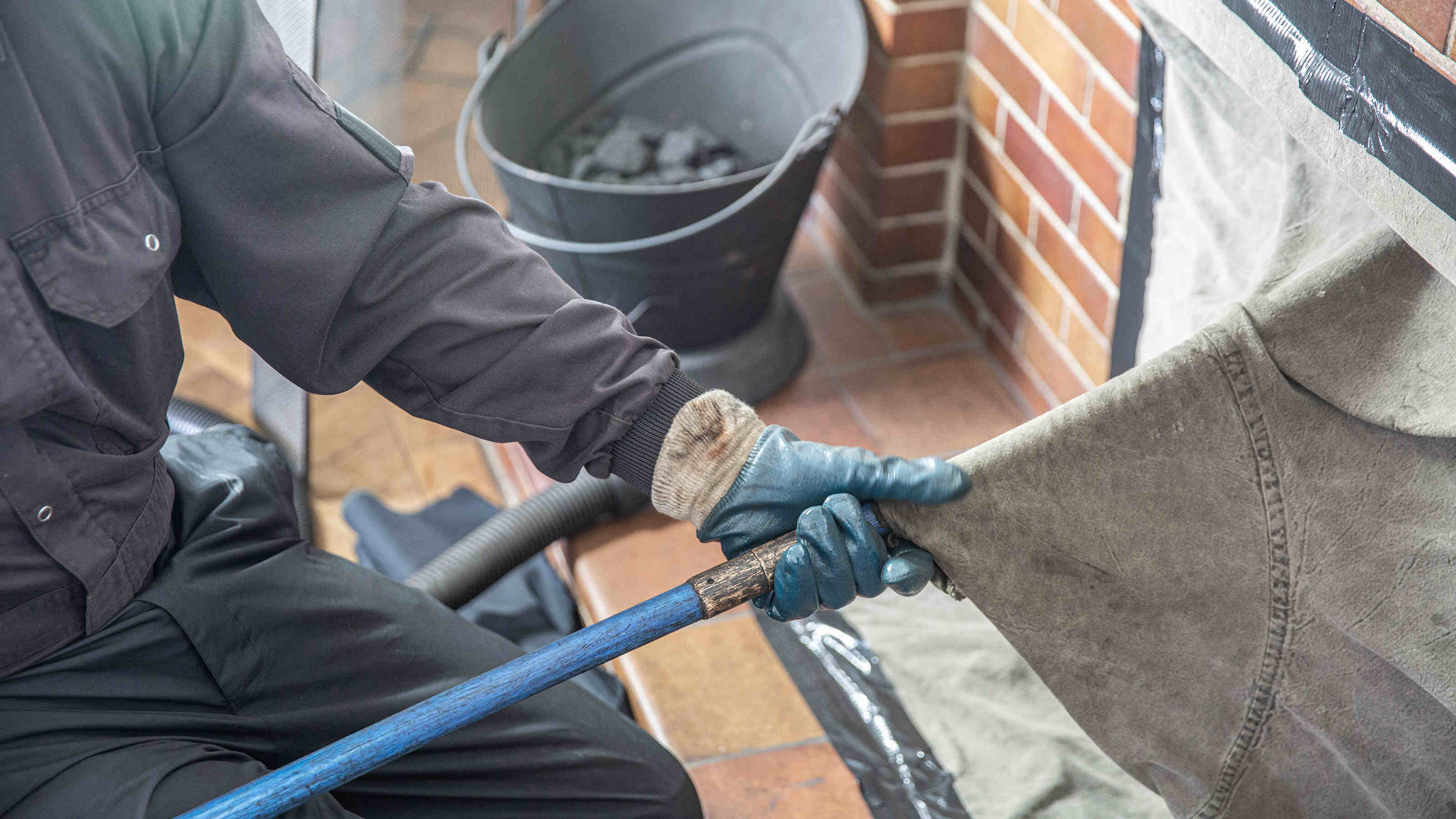



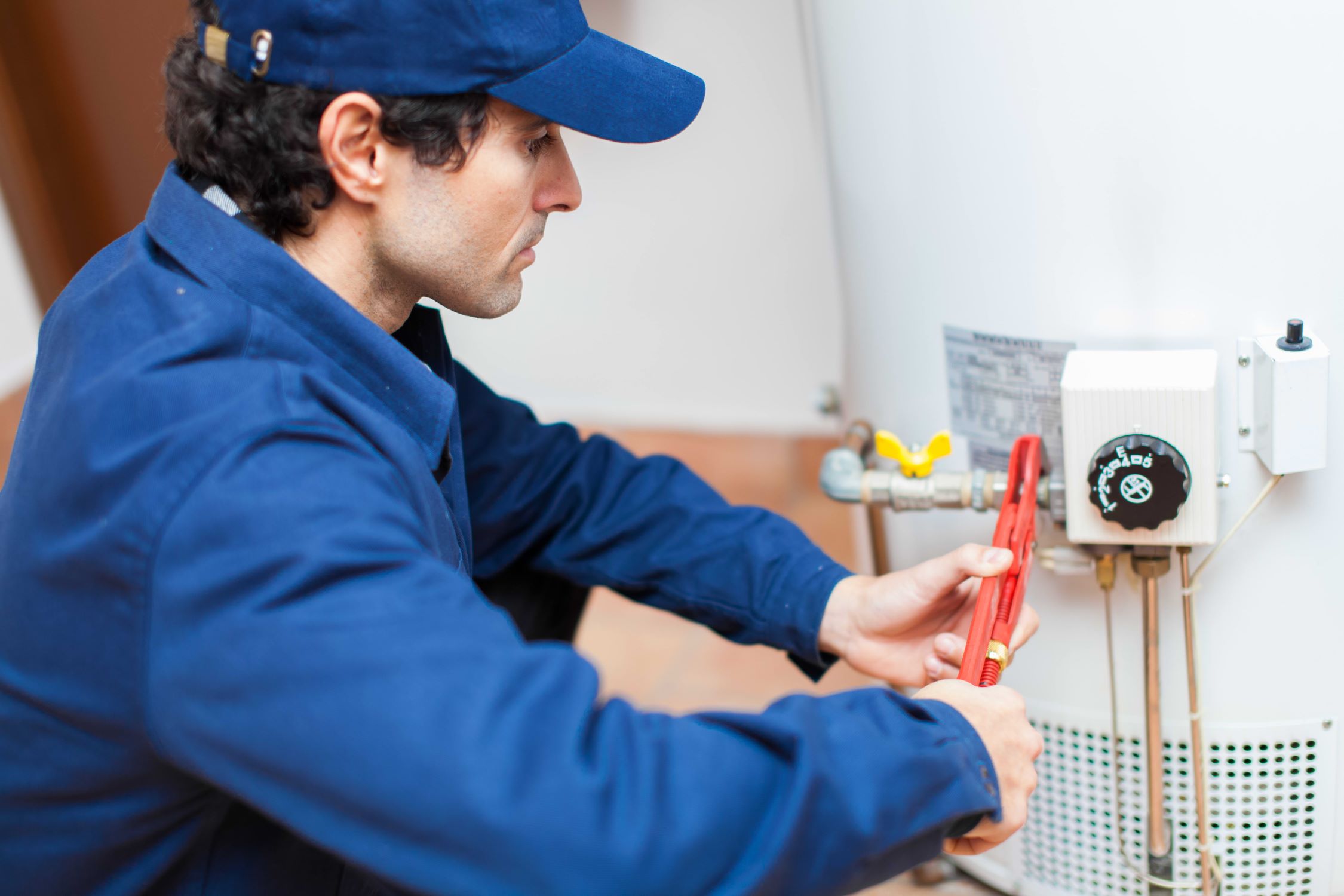

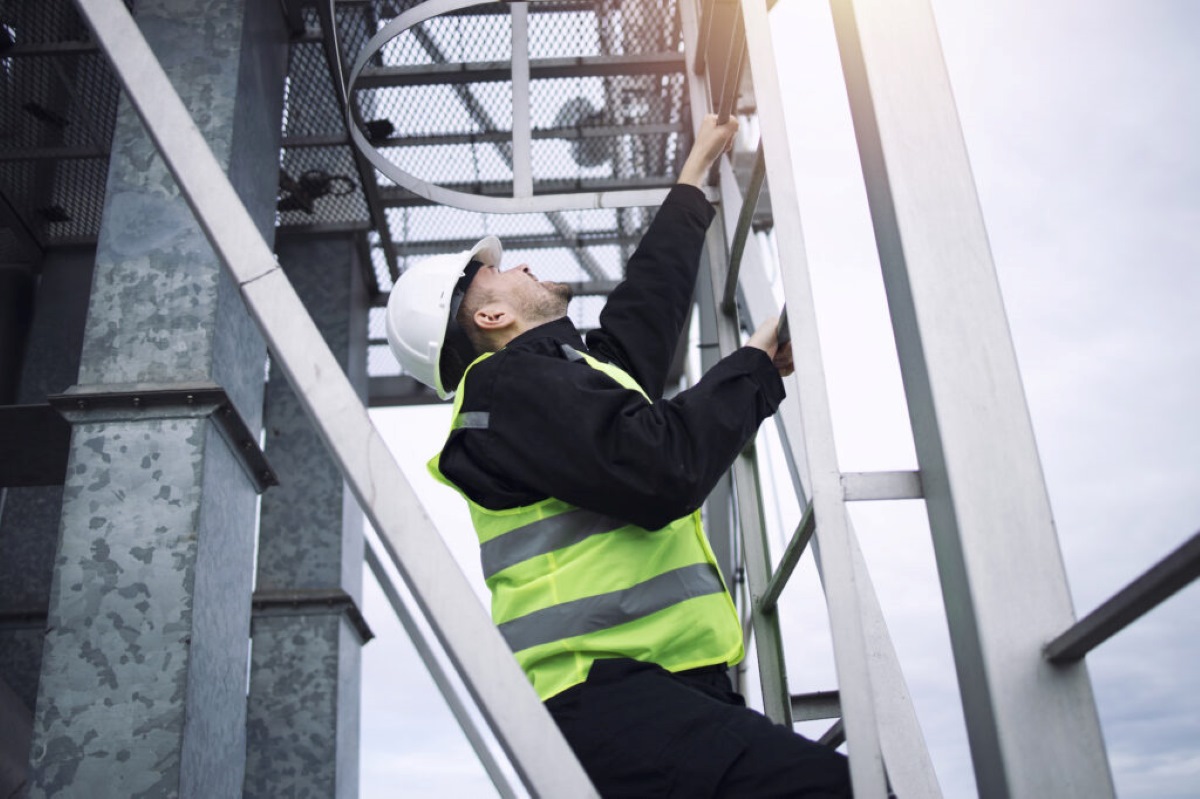


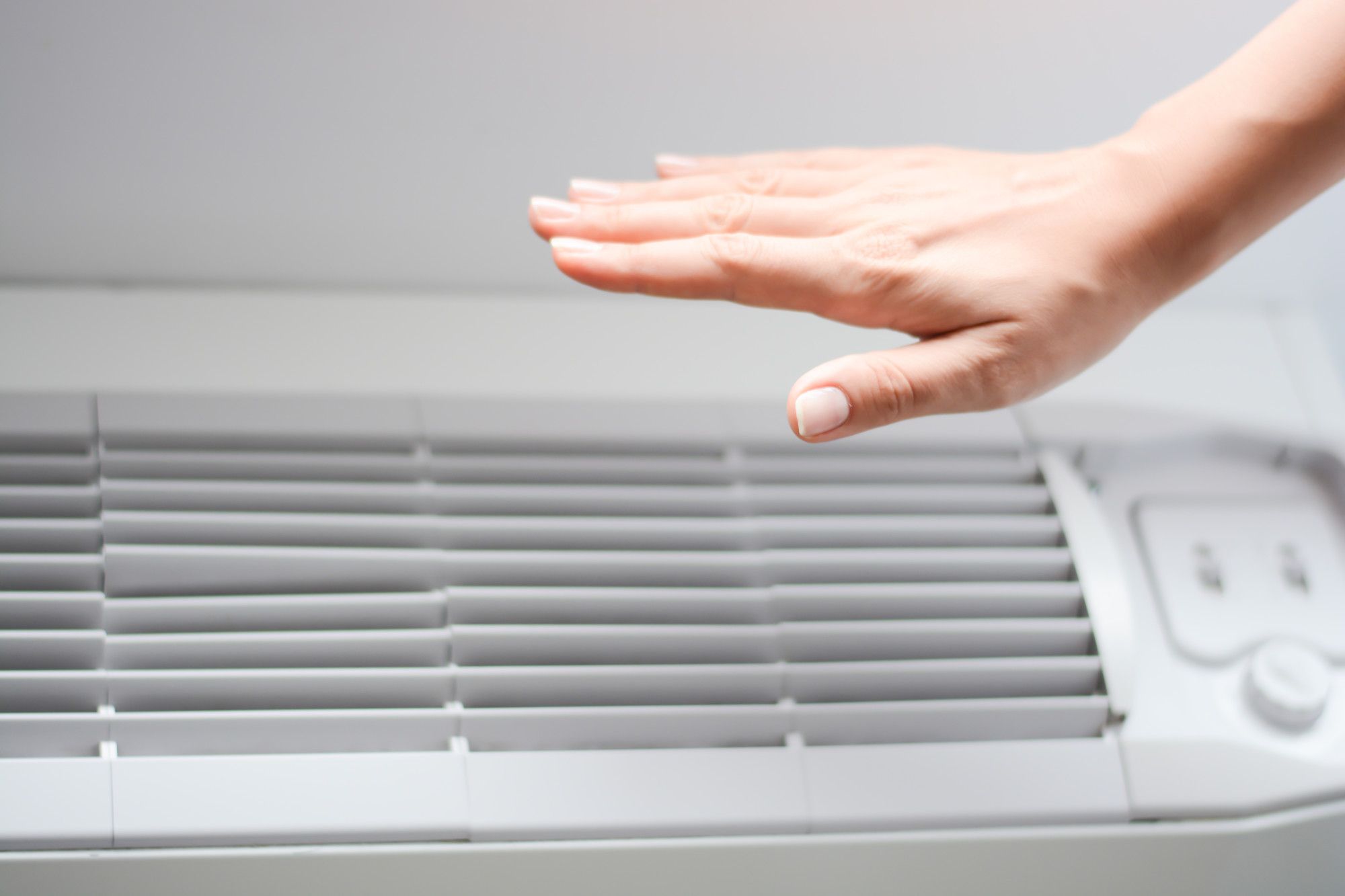
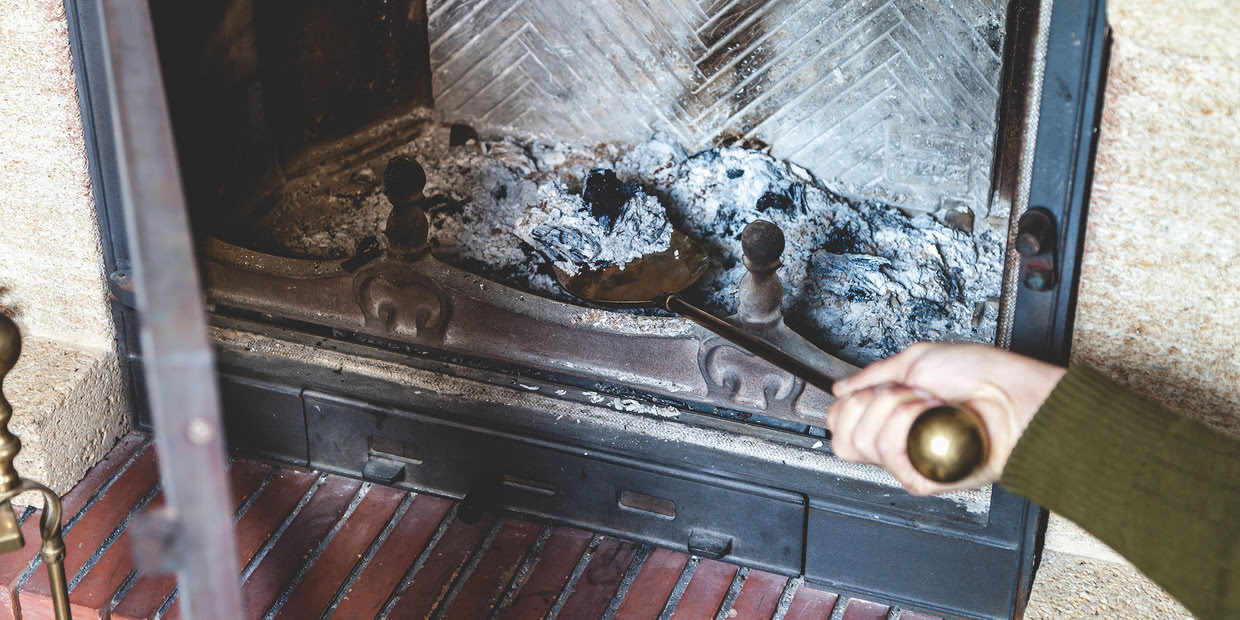

0 thoughts on “How Often Should You Inspect A Ladder”